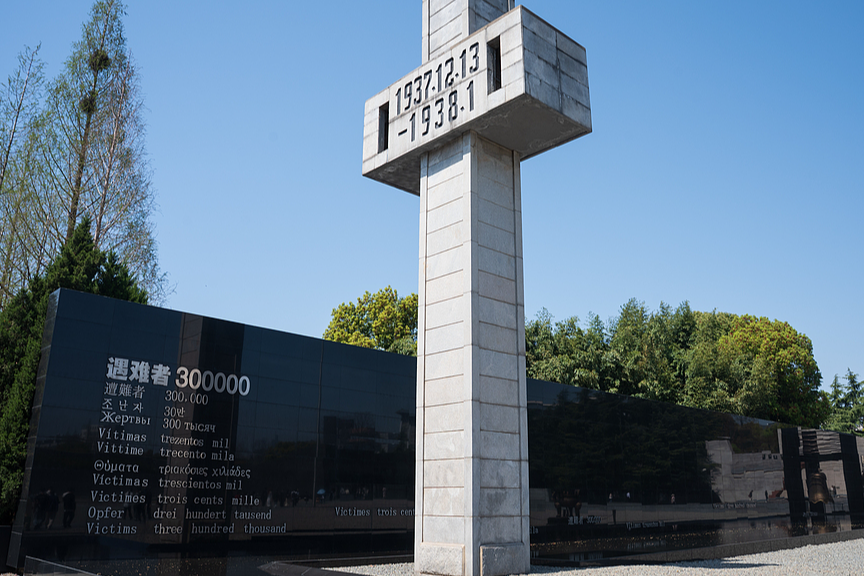Giant strides taken to conquer poverty


Priorities drawn up
The nation's 13th Five-Year Plan (2016-20) ends this year, with eradicating absolute poverty the top priority.
As the country prepares to introduce the 14th Five-Year Plan (2021-25), policymakers are listing priorities to safeguard the progress made during the poverty reduction campaign. They aim to help those who are not considered poor by official standards, but who remain vulnerable.
This move was confirmed by a key document released by the Communist Party of China Central Committee early last month.
The Party proposed maintaining financial support and other assistance in poorer rural regions as part of a broader effort to revitalize such areas.
It also stressed the need to consolidate and expand the "fruits" of the anti-poverty drive.
Zhang Qi, a professor of regional economics at Beijing Normal University, who researches rural affairs and poverty issues, said the wording of the document is a sign that assistance programs are being expanded.
He said the so-called low-income population-which is not impoverished-is likely to be the new beneficiary.
Wu Haitao, a professor at Zhongnan University of Economics and Law, who focuses on rural poverty, said the proposals target relative poverty-the condition in which people lack the minimum amount of income to maintain the general standard of living in the society in which they reside.
Tackling relative poverty is a difficult task and calls for upgraded relief measures to be introduced, Wu said.
He added that the upcoming campaign to revitalize rural areas would provide more indexes to measure progress than current benchmarks such as school dropout rates, access to clean water, safe homes and affordable healthcare.
























